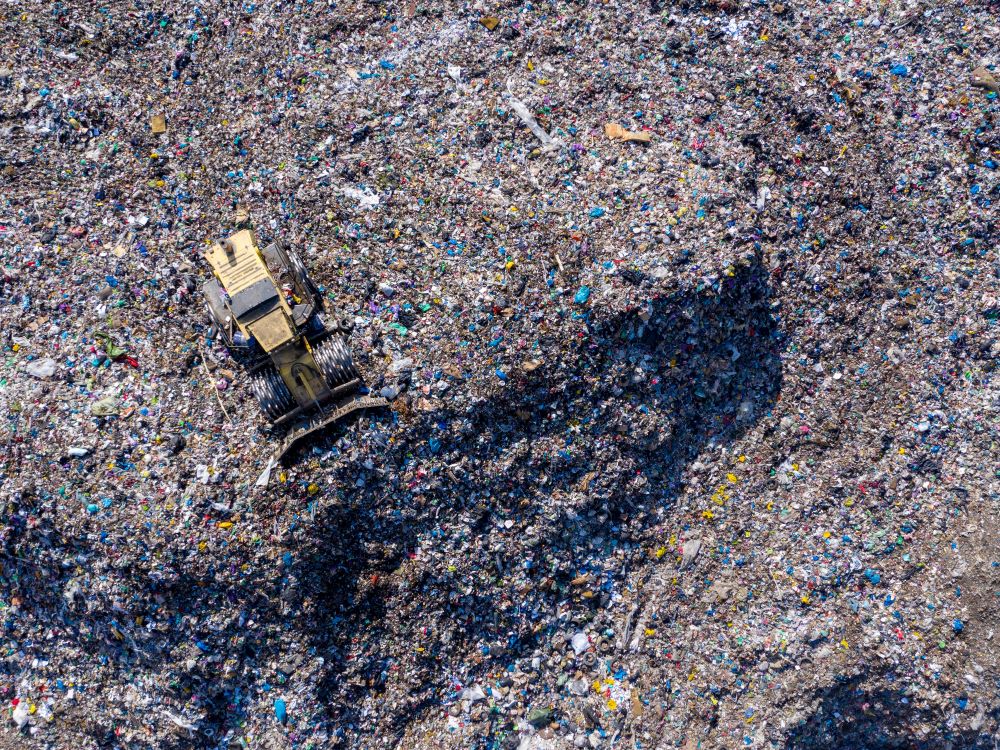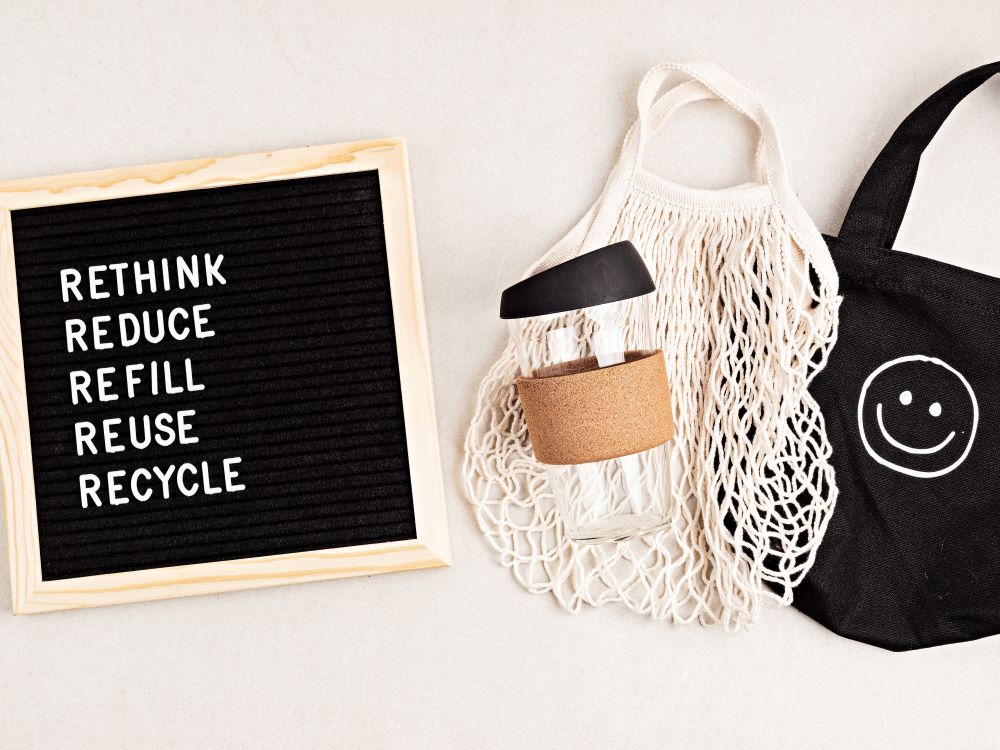
Anthropocene, the Age of Garbage
We live in a world covered with trash. According to the report What a Waste 2.0 published by the World Bank in 2018, the world generated 2 billion tonnes of waste in 2016, which is enough to fill 822,000 Olympic-sized swimming pools. The World Bank predicts that the amount of waste generation will increase by 70%, that is, 3.4 billion tonnes by 2050. Humans have created 1 trillion tonnes of solid waste, and this amount doubles every 20 years, according to the team of researchers from the Weizmann Institute of Science in Israel.
In geology, Earth’s history is marked by natural geological ages based on the strata. It is divided into the Precambrian period when mononuclear organisms were born, the Paleozoic era when primitive organisms were exploded, the Mesozoic era when dinosaurs were at their heyday, and the Cenozoic era when mammals were prosperous. Human civilization appeared and began to prosper about 11,700 years ago in the Holocene, the last period of the Cenozoic era.
Then, in the 1980s, the term Anthropocene appeared. This means that human activities have already left an indelible mark in Earth’s history. Compared with Earth’s history which spans billions of years, human history is like a moment. So there are many debates among scholars on acknowledging the Anthropocene which can be confirmed hundreds of thousands of years later from the strata. Most of those who insist on the Anthropocene say it began with the Industrial Revolution in the 18th century.
Humans have fundamentally changed the physical, chemical, and biological systems of the earth through carbon dioxide emission, global heating, ocean acidification, habitat destruction, and large-scale mining of natural resources, which have accelerated at an unprecedented rate especially in the last 60 years.
Zero Waste
Humans are the only living things that generate solid waste that threatens the natural environment. In case of cities and advanced countries, waste is collected and disposed quickly, so most people do not feel the seriousness of the waste problem. However, the waste is piled up in the desert, forms islands in the ocean, and is discarded in the Third World. Space debris caused by human space activities is a serious problem, too. Thousands of tons of trash are rotted and incinerated a day, emitting enormous toxic gases and carbon dioxide. Additionally, leachate from landfills enters groundwater and pollutes farmland and drinking water. Non-biodegradable garbage is finely broken and exist in the air we breathe, the water we drink, and the food we eat.

Zero Waste is a concept made to cope with such environmental problems. Zero waste aims the reuse of products, packaging, and materials without sending them to landfills, incinerators, and the ocean. It is the conservation and recycling of all resources by means of responsible production, consumption, reuse, and recovery with no discharges that threaten the environment or human health.
Zero waste is not merely an end goal, but a set of guiding principles that strive towards eliminating waste at any and all stages of the chain. From resource extraction through production to consumption and management of discarded materials, the aim is to redefine the entire concept of waste and ensure resources remain in use for as long as possible before being returned to the earth with little to no environmental impact.
The Zero Waste Hierarchy 7.0
If you are interested in waste reduction, it’s likely that you’ve come across the concept of a waste management hierarchy called the 3 R’s system. The Zero Waste International Alliance [ZWIA] offers the 3 Rs: Reduce, Reuse, and Recycle, and the zero waste hierarchy.

- Rethink and Redesign
The first step to zero waste is identifying our wasteful practices and reimagining ways to reduce their impact. We must rethink and redesign products and materials to encourage more circular production and consumption. - Reduce
Reducing wherever possible is the next step on the zero-waste pyramid, with a focus on redefining the concept of waste to avoid waste and ensure more materials and products are kept within the loop for as long as possible. - Reuse
Maximizing reuse of materials and products is the overarching goal, and at both production and consumer levels, there are a variety of ways in which this can be achieved. Additionally, as some techniques and new materials develop, it is thought that “reuse” will become even more prevalent. - Recycle/ Compost
There remains huge potential within the recycling and composting sectors to deal with waste efficiently, however, this should never be treated as the solution to the waste. Priorities within this stage include recycling without loss of quality, while also decentralizing composting facilities and promoting sustainable natural cycles. - Material Recovery
Promoting more efficient material recovery and energy recovery through better separation of mixed materials at the source, and the recovery of materials from already existing discard sites (such as landfills or waste facilities) are two core factors within this section. Additionally, energy recovery from materials should only be performed through natural systems that require no energy input. - Residuals Management
This step refers to the management of the things that cannot be processed within any of the above systems. In essence, it begins the loop again by asking how we can rethink, reduce, reuse, and recycle to further minimize products and materials reaching this stage of the zero waste hierarchy. Additionally, it looks at how we manage this waste and its byproducts to extract the maximum possible benefit from all materials and products. - Unacceptable
The final stage of the zero waste hierarchy disincentivizes practices and ideas that are unacceptable in the framework of the zero-waste concept.
How Can I Use the Zero Waste Hierarchy?
If you want to practice zero waste for Earth’s environment and our future, start applying small parts of the principle in your daily life. For example, if you have microbial decomposers at home, use it for the food waste, and refuse (or at least reuse) wasteful items such as single-use plastic bags, packaging, and plastic water bottles in daily life.

The individual challenge today, however, is not enough. When it comes to waste, governments, companies, and individuals must come together to improve the system, change the existing production/ consumption paradigm, and make plans for the production and consumption cycle. For businesses, developing new products and services in line with the zero waste hierarchy must now be the priority; and for consumers, continuing to demand better solutions and taking responsibility for individual waste generation must go hand in hand.